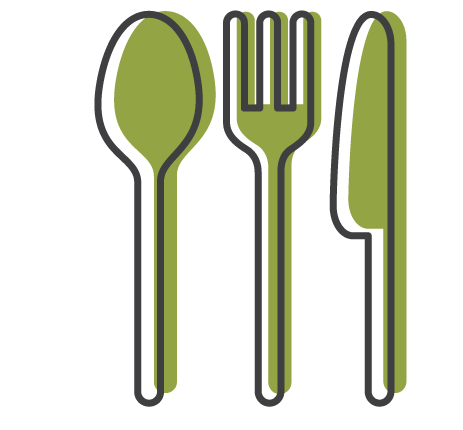FLEAT Malawi: Happy Mbewe shares innovative solutions in reducing his carbon footprint at home
- Published:
Happy Mbewe is a young Muslim faith leader and member of our Faith Leader Environmental Advocacy Training (FLEAT) Malawi group. He recently presented at our online eco-footprinting workshop series with our FLEAT members sharing innovative solutions to some of the challenges he faced in his new home. Below we outline a few solutions that he shared.
 “Trying at home, Living the talk”
“Trying at home, Living the talk”
This is one approach I am using to contribute to nature conservation and upgrade my home environment. The idea came after noticing that my new home has a number of problems and urgent solutions were necessary. Having learnt a lot from a number of nature conservation workshops, I was able to apply the following interventions.- Happy Mbewe, Malawi.
PROBLEM ONE
The house has no drainage structure to protect the foundation of the house from rain drops and runoff. The rain drops from the roof and the ground run-off gradually erode away and expose the foundation of the house.
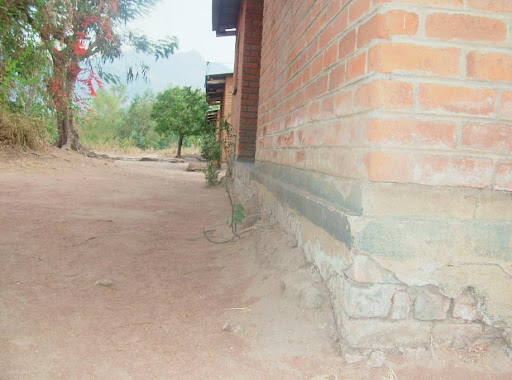
SOLUTION
Planting green hedges alongside the house.
DESIRED OUTCOMES
- The hedge rows will caution the rain drops from the roof during the rains.
- The shrubs will also control run off along the house.
- The live structure, when grown, will provide a splendid botanical view in the home environment.
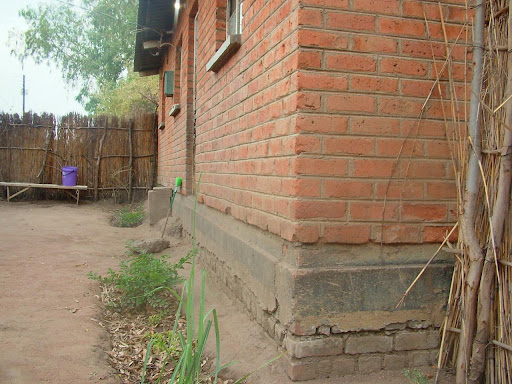
PRINCIPLES APPLIED IN PLANTING THE HEDGE ROWS
- Hedges are planted in sunken beds to retain moisture in the bed.
- A small layer of match is laid in the bed to further control the escape of moisture from the bed.
- Lemon grass is incorporated in the hedge rows in order to scare away termites and snakes.
- Mosquito repelling flowers (Lippia Javanica) have been incorporated in the hedgerows in order to scare away mosquitoes in the home bush.
- Manure, not synthetic fertilizer, is used to improve moisture retention and enhance soil fertility.
PROBLEM TWO
Lack of access to fresh and nutritious vegetables, due to increasing food costs. Water that could be used to help grow a backyard garden is being wasted.
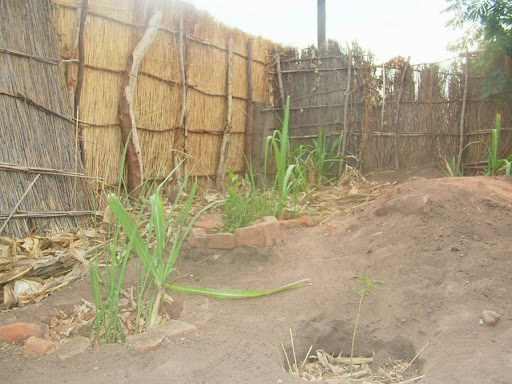
SOLUTION
Growing a backyard garden.
DESIRABLE DELIVERABLES
- The backyard garden will make use of water which could otherwise be wasted and therefore managing the eco-footprint in the home setting.
- There will be trusted fresh foods within home territory.
PRINCIPLES BEHIND GROWING THE BACKYARD GARDEN
The garden is being grown following the principles of Integrated Household Farming (IHF). IFH is the growing of crops and rearing of small stock around the home for good nutrition. Integrated homestead farming is an approach that aims to improve household food security and reduce micronutrient deficiencies. Its goal is to enhance the production and consumption of diversified nutritious food while also generating income for households. The backyard garden has the following features;
- Fruit trees [pawpaw, orange and mango]
- Indigenous vegetable varieties [therere (okra), bonongwe (Amaranthus), mkhwani (pumpkin leaves)]
- Sugarcanes
- Lemon grass. This one is grown on two purposes
- Ant-pest- It scares away termites, aphids and reptiles
- Herbal medicine- Lemon grass cures tons of human disorders including respiratory disorders e.g., flu, cough etc.
- Uses solely organic manure to improve the soil fertility and moisture retention.
- Plant beds are sunken and matched to retain water in the bed.
What's next?
My next plan is to raise small livestock, preferably birds in order to satisfy the dietary needs of the home. The birds will also provide manure to the backyard garden. The birds will in turn feed on the remains from the backyard garden. In this way I will be able to make a splendid interdependent ecosystem within the home setting which is green and climate smart. - Happy
Keep an eye on our website and social media for updates as we follow his journey!
Who we are
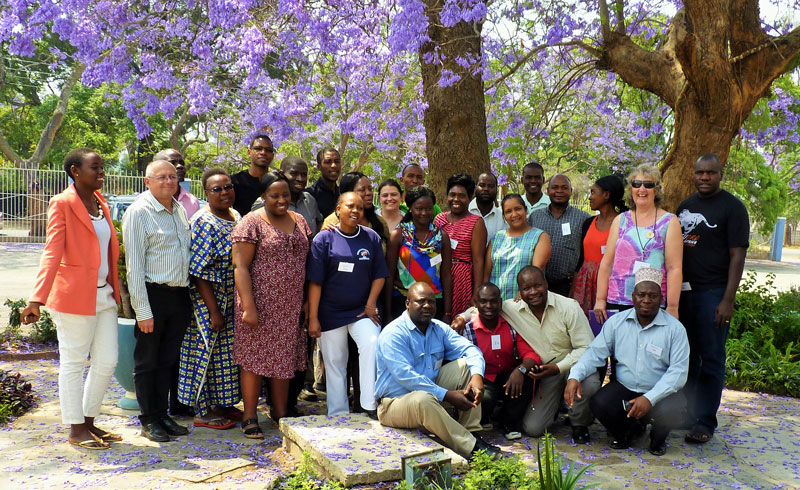
SAFCEI (Southern African Faith Communities’ Environment Institute) is a multi-faith organisation committed to supporting faith leaders and their communities in Southern Africa to increase awareness, understanding and action on eco-justice, sustainable living and climate change.
Featured Articles
-

South Africa: Who Ends Up Paying If DMRE Cooks the Price of Nuclear Power?
-

South Africa’s nuclear energy expansion plans continue to draw criticism, environmental NGOs chew over legal challenge
-

Earthlife Africa and SAFCEI respond to latest unsettling nuclear news regarding the ministerial determination
-
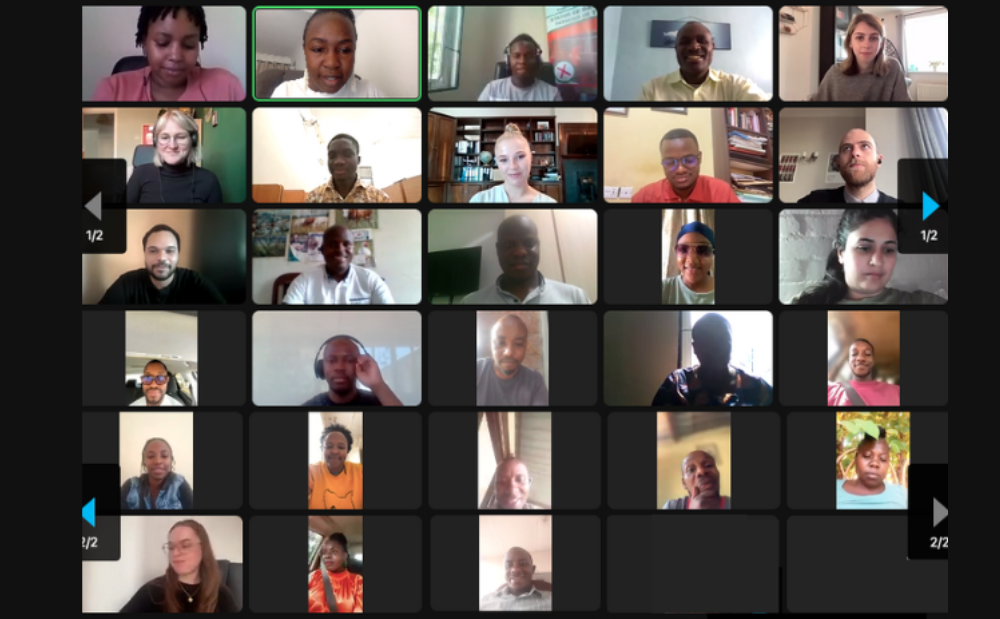
Open Wing Alliance Africa (Virtual) Summit 2023
-

The Green Connection and SAFCEI respond to energy minister's divisive and deflecting comments
-

Job Vacancy: FLEAT Coordinator



